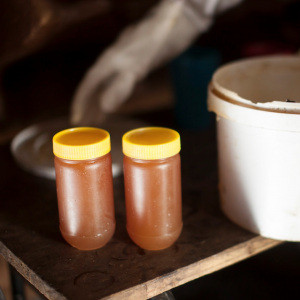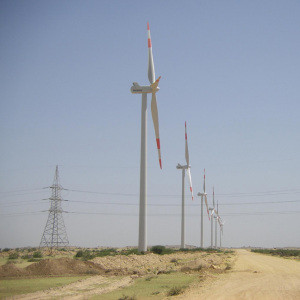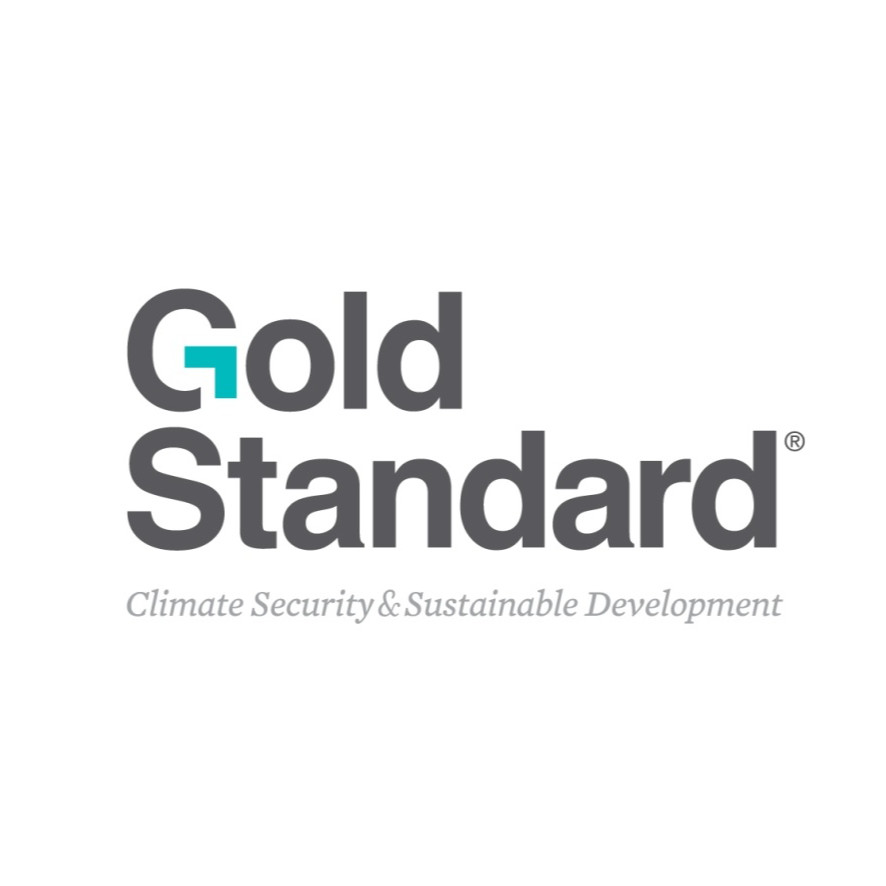Projekte
Zimbabwe
Saving forests, protecting wildlife and changing lives
Since the Kariba REDD+ (Reduced Emissions from Deforestation and Degradation) project launched in 2011, more than 18 million tonnes of CO2 have been prevented from entering the atmosphere. The project has also supported the independence and well-being of local communities.
The Context
Zimbabwe has been torn apart by war, civil unrest, economic collapse and population growth. Over the past twenty years, desperate communities have delved deeper into the forests, clearing for farming and fuel for their rudimentary homes. As a result, more than a third of Zimbabwe’s majestic forests are now gone.
The Project
The Kariba project ensures that 784,987 hectares of forest and wildlife on the southern shores of Zimbabwe’s Lake Kariba are now protected. As one of the largest registered REDD+ project by area, it sits between the Chizarira, Matusadona and Mana Pools National Park (which is also a World Heritage Site), and Lower Zambezi National Park in Zambia. By connecting these four national parks and eight safari reserves, this project area forms a giant biodiversity corridor, ensuring the protection of an expansive rainforest and numerous vulnerable and endangered species, including: the African elephant, lion, common hippo, lappet-faced vulture and southern ground hornbill.
The Benefits
Beyond protecting the environment, a range of activities support the independence and well-being of local communities. Better health care is implemented through improving clinic amenities, infrastructural development such as new roads and new boreholes improve daily life, while school subsidies are made available for the poorest quartile of the population.
So far, the project has trained 233 local people to generate profit from sustainable beekeeping community gardens, beekeeping training, fire management and ecotourism create jobs and facilitate sustainable incomes that benefit the entire community.
Category Standard
Carbon | VCS Verified Carbon Standard
The Context
Zimbabwe has been torn apart by war, civil unrest, economic collapse and population growth. Over the past twenty years, desperate communities have delved deeper into the forests, clearing for farming and fuel for their rudimentary homes. As a result, more than a third of Zimbabwe’s majestic forests are now gone.
The Project
The Kariba project ensures that 784,987 hectares of forest and wildlife on the southern shores of Zimbabwe’s Lake Kariba are now protected. As one of the largest registered REDD+ project by area, it sits between the Chizarira, Matusadona and Mana Pools National Park (which is also a World Heritage Site), and Lower Zambezi National Park in Zambia. By connecting these four national parks and eight safari reserves, this project area forms a giant biodiversity corridor, ensuring the protection of an expansive rainforest and numerous vulnerable and endangered species, including: the African elephant, lion, common hippo, lappet-faced vulture and southern ground hornbill.
The Benefits
Beyond protecting the environment, a range of activities support the independence and well-being of local communities. Better health care is implemented through improving clinic amenities, infrastructural development such as new roads and new boreholes improve daily life, while school subsidies are made available for the poorest quartile of the population.
So far, the project has trained 233 local people to generate profit from sustainable beekeeping community gardens, beekeeping training, fire management and ecotourism create jobs and facilitate sustainable incomes that benefit the entire community.
Category Standard
Carbon | VCS Verified Carbon Standard
Pakistan
The Zorlu 56.4 MW Wind Farm Project will contribute to local sustainable development in the project area by exerting the following effects:
Economic development: Pakistan is currently facing acute energy supply bottlenecks. The project activity is expected to generate an estimated amount of 159,010 MWh per year and will therefore contribute to a reduction in the number of black-outs and brown-outs experienced by other Pakistani grid users. This can help to improve the economic performance of other businesses connected to the grid and supports economic growth in Pakistan.
Social development: The project will offer job opportunities for local people during the construction phase and the operational period, thus creating income opportunities and contributing to a higher living standard in the region.
Environmental development: By avoiding air pollution from fossil-fuel power plants and reducing greenhouse gas emissions significantly, the project has positive effects for the local environment and improves Pakistan’s climate balance.
Technological development: The project activity is the first of its kind in Pakistan. By adopting foreign manufacturer wind turbines, the project initiates an important transfer of technical know-how to Pakistan, and can act as a pioneer in promoting the spread of this technology to other wind power projects in this country.
Category Standard
Carbon | Gold Standard
Peru
Das Projekt Las Pizarras in Peru ist ein neues Laufwasserkraftwerksprojekt auf ca. 1.078 m ü.d.M. im Hochbecken des Flusses Chancay im Bezirk Sexi, Provinz Santa Cruz, Region Cajamarca, Peru.
Die installierte Gesamtkapazität des Projekts wird 18 MW betragen, mit einem Stromerzeugungspotenzial von 103,32 GWh pro Jahr. Das Projekt zielt auf die Erzeugung von Strom aus erneuerbaren Energien durch die Nutzung von Wasser aus dem Chancay-Fluss und die Einspeisung dieser Energie in das nationale Verbundnetz (SEIN) ab.
Das Projekt wird voraussichtlich eine Mindestbetriebsdauer von 40 Jahren haben.
Es wird erwartet, dass das Projekt die Emission von 68.132 Tonnen Kohlendioxidäquivalent (tCO2e) pro Jahr vermeiden wird, was für den ersten Anrechnungszeitraum von 10 Jahren 681.323 tCO2e entspricht.
Geschätzte jährliche Emissionsverringerung
68.132 t CO2
Category Standard
Carbon | VCS 1348
Die installierte Gesamtkapazität des Projekts wird 18 MW betragen, mit einem Stromerzeugungspotenzial von 103,32 GWh pro Jahr. Das Projekt zielt auf die Erzeugung von Strom aus erneuerbaren Energien durch die Nutzung von Wasser aus dem Chancay-Fluss und die Einspeisung dieser Energie in das nationale Verbundnetz (SEIN) ab.
Das Projekt wird voraussichtlich eine Mindestbetriebsdauer von 40 Jahren haben.
Es wird erwartet, dass das Projekt die Emission von 68.132 Tonnen Kohlendioxidäquivalent (tCO2e) pro Jahr vermeiden wird, was für den ersten Anrechnungszeitraum von 10 Jahren 681.323 tCO2e entspricht.
Geschätzte jährliche Emissionsverringerung
68.132 t CO2
Category Standard
Carbon | VCS 1348









